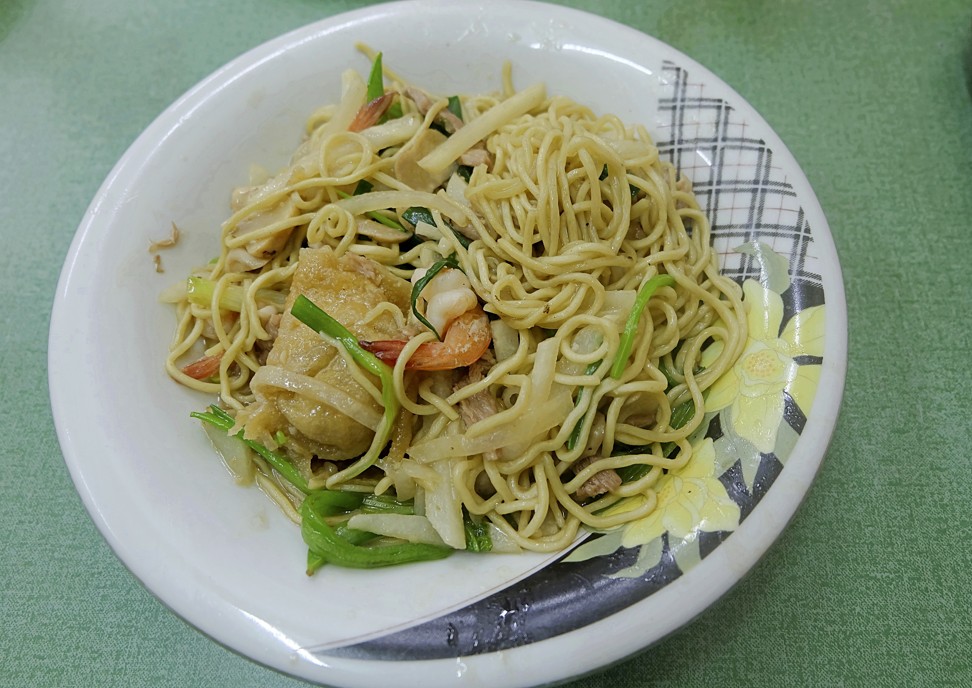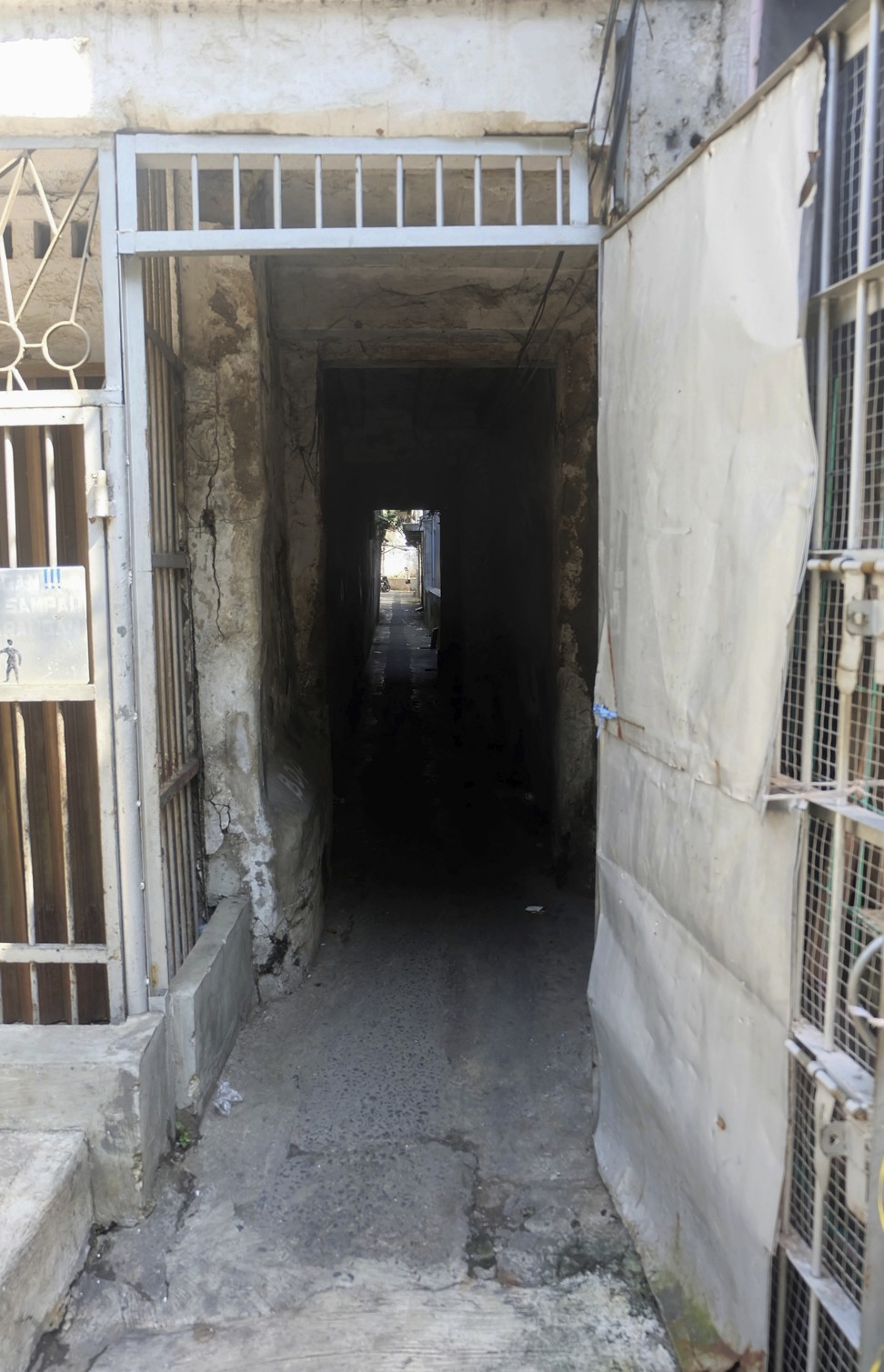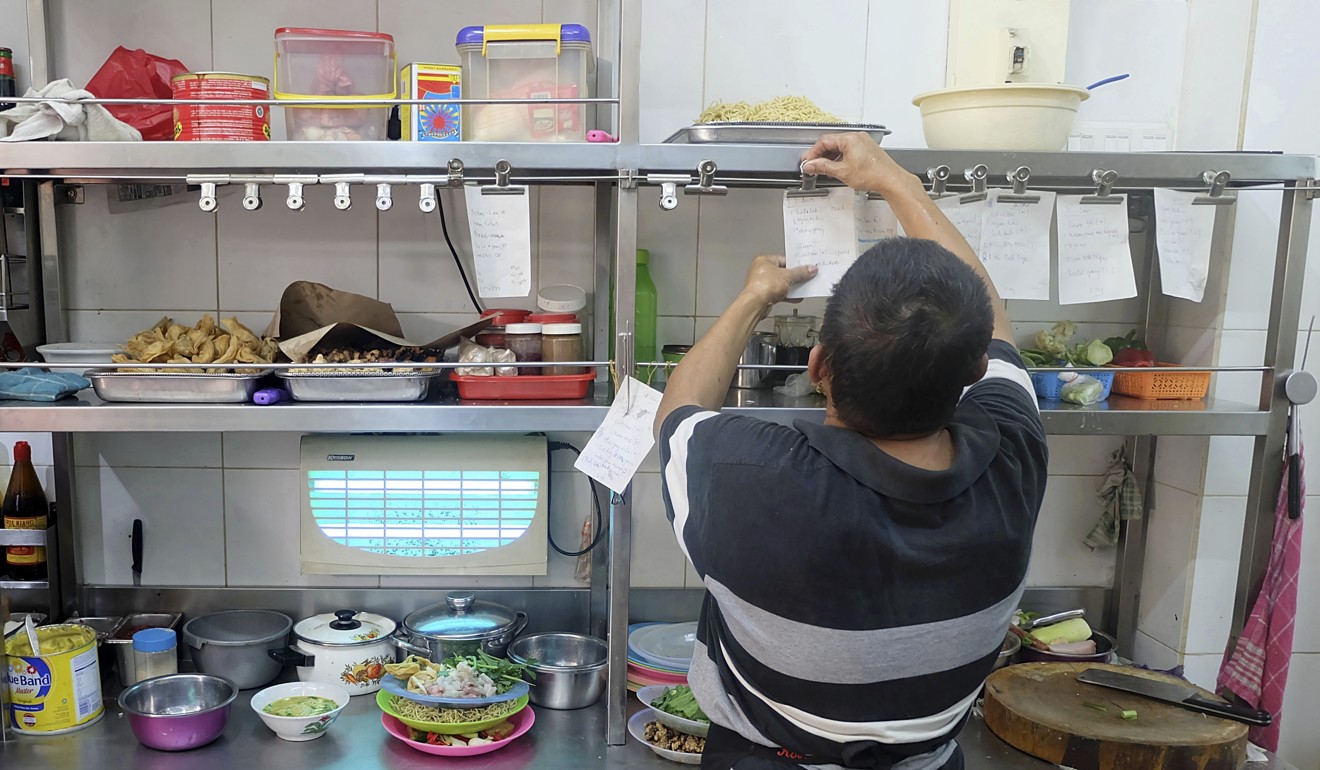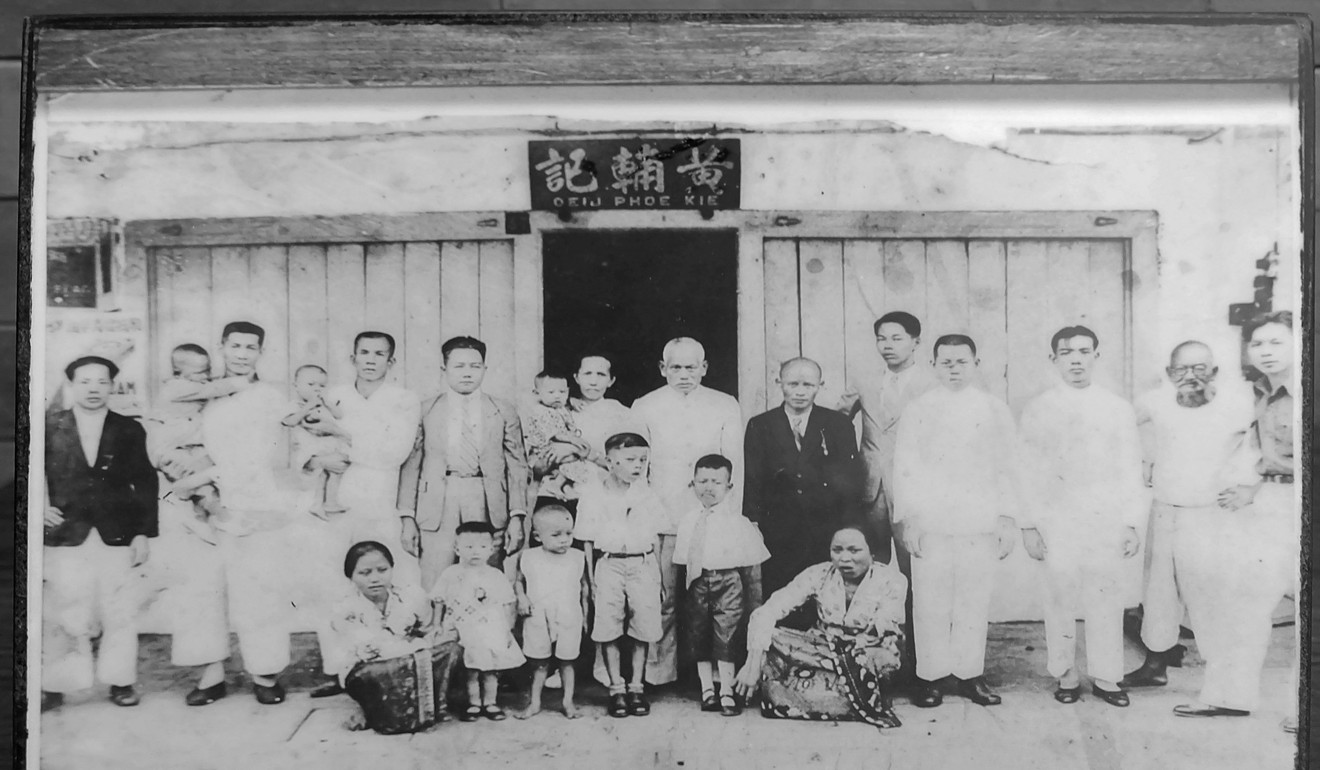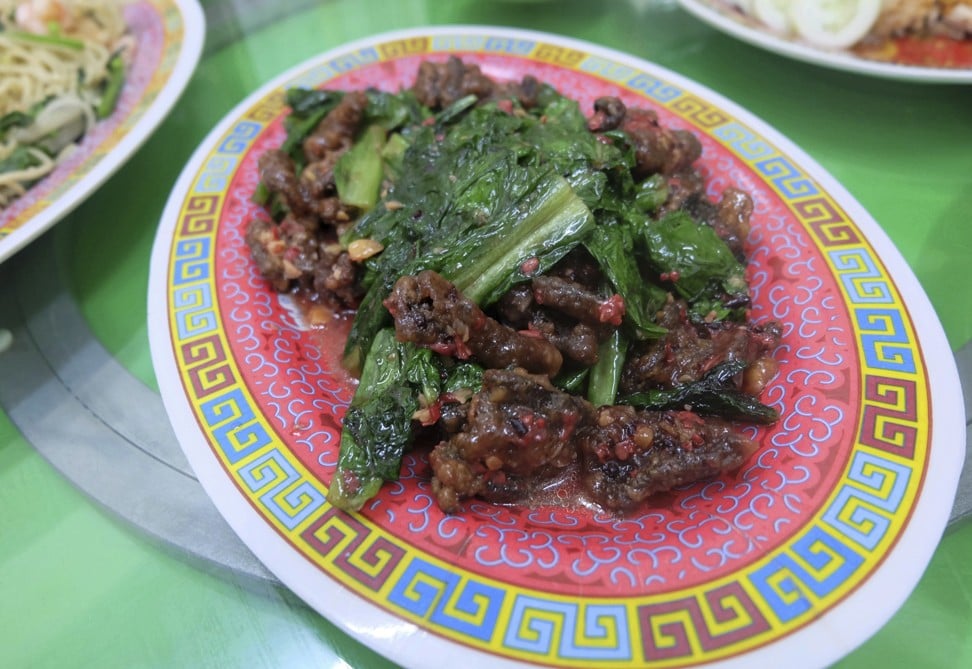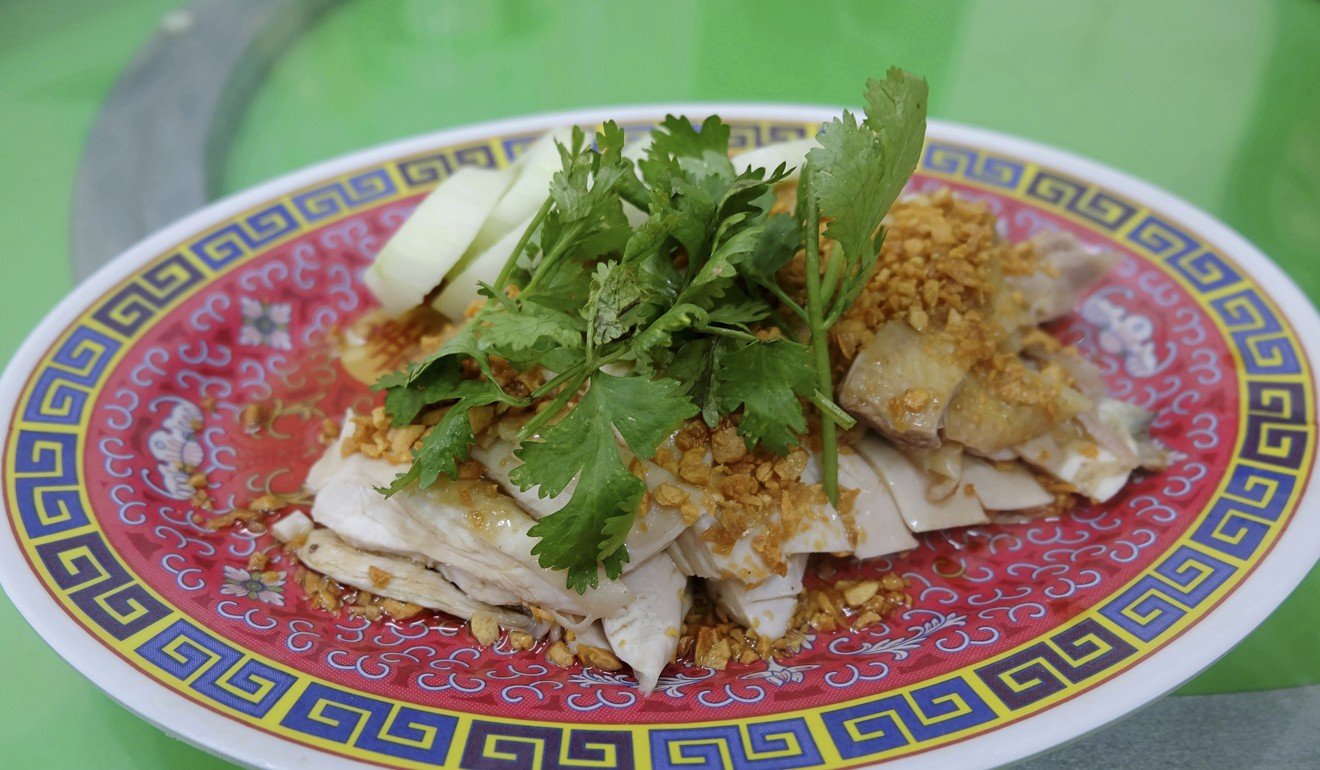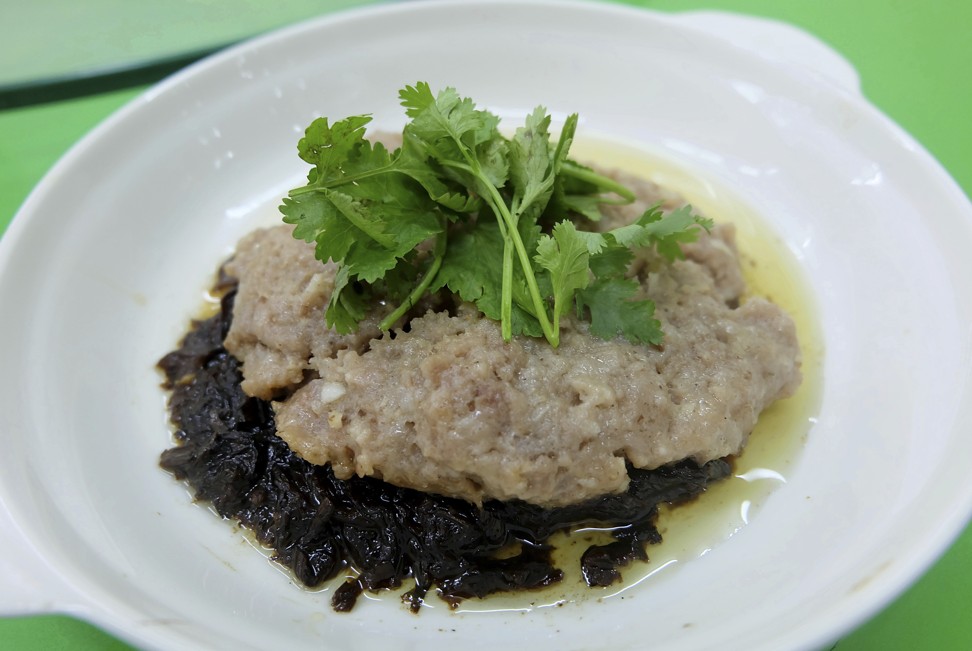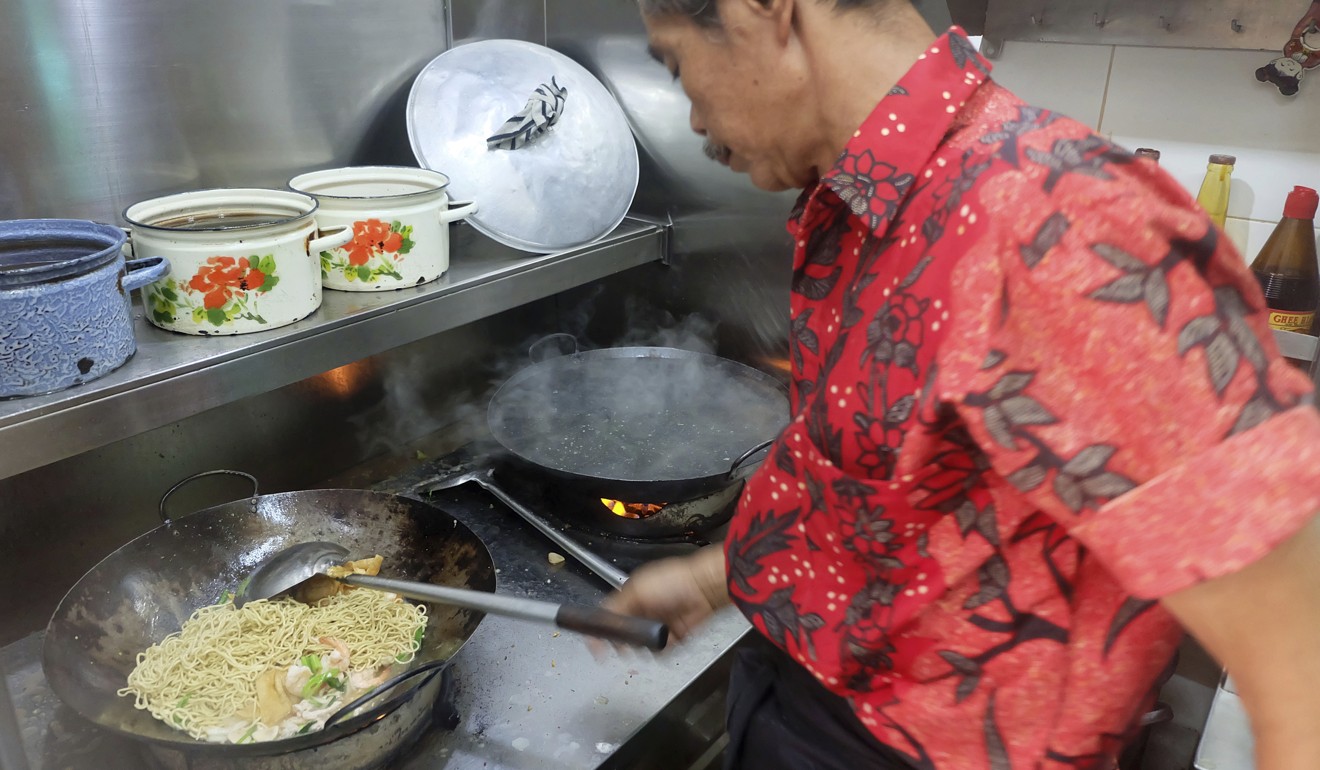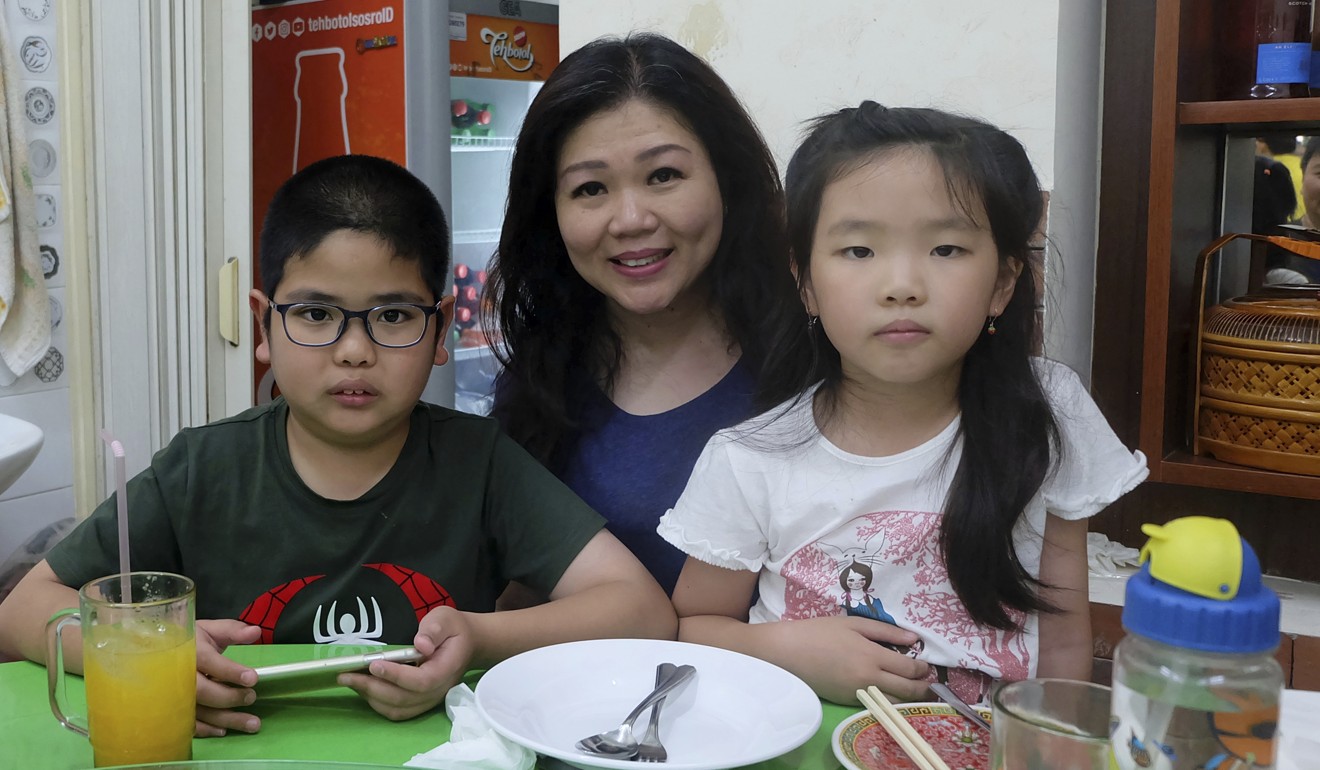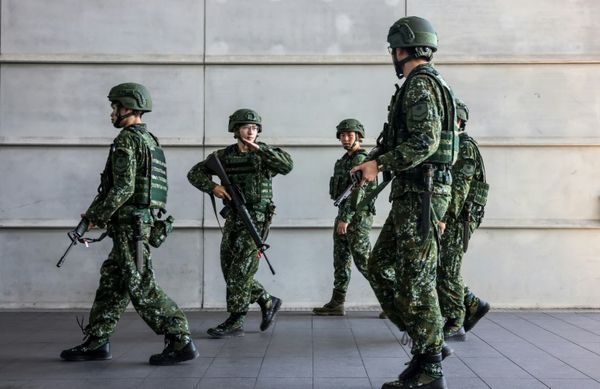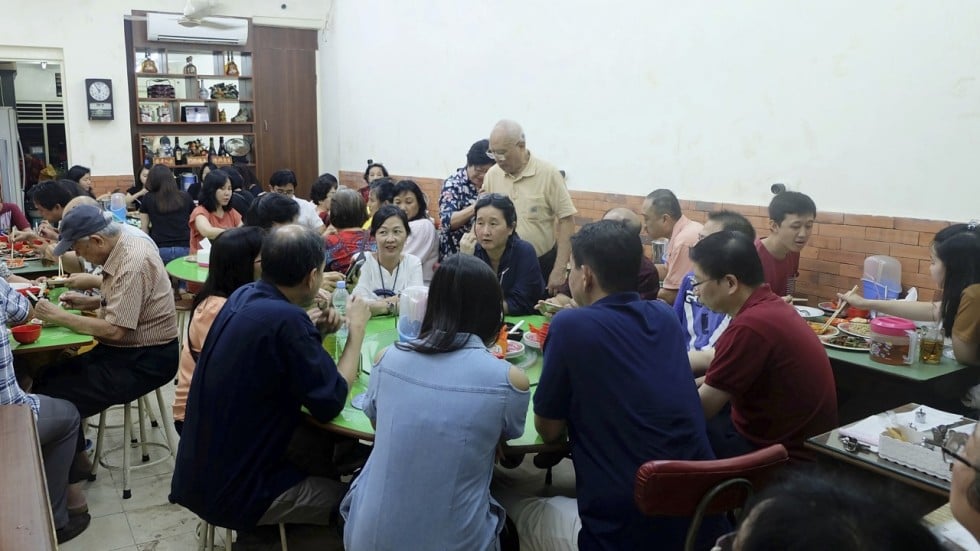
A Chinese-Indonesian diner who asks to be identified only by his first name, Ben, has been a regular at Wong Fu Kie, a Hakka restaurant in Jakarta’s Chinatown, since his former lecturer took him there some 20 years ago. The place is legendary among the Indonesian capital’s Chinese community, and has been open for almost a century.
One of the oldest known mentions of the restaurant was an article in Indonesia’s now-defunct Star Weekly magazine on February 14, 1953, which translates as: “In Jakarta, there are hundreds of noodle shops, selling mostly ordinary fare, but there are one or two that stand out. The first, and the oldest, is Wong Fu Kie in Kongsi Besar. Wong Fu Kie’s noodles are renowned for being thin, chewy, with a seasoning of soft, minced pork, that is sprinkled on top of the noodles.”
Why Hakka cuisine is so beloved in Hong Kong, but might not last
As recently as several years ago Wong Fu Kie – which closes at 5pm – was not such a bustling place, Ben says, but “then it got popular on social media”.
The restaurant’s owner, Tjokro Indrawirawan Kusnadi, has also turned to social media to promote Wong Fu Kie. He regularly takes photos of diners – many of whom are families with young children and grandparents – sitting around the tables enjoying the food and posts them on Wong Fu Kie’s Instagram page, which has close to 3,000 followers.
Tjokro – also known by his Hakka name, Thung Tjok Jin – was born in Jakarta to a Hakka father and mother. He is from the third generation of the family that has run Wong Fu Kie, but employs four cooks rather than prepare the dishes himself.
Tjokro trained as a civil engineer but says it would have been a pity to abandon the restaurant, so he took it over in 2005 when his mother became too old to continue running it.
Two years later, in December 2007, award-winning Indonesian novelist and food writer Laksmi Pamuntjak reviewed Wong Fu Kie for her book Jakarta Good Food Guide 2008-2009. Laksmi wrote that “it is all about the food, Hakka home cooking at its most soulful”.
Hakka – meaning “guest people” are a Han Chinese group who originated in northern China, but migrated south in waves over the past 2,000 years, to southern China and farther afield. Hakka food is salty and fragrant, and the dishes tends to be heavy and hearty.
Tjokro says the dishes at Wong Fu Kie have always being authentic and have not been modified since the restaurant opened more than nine decades ago.
“All Hakka cooking pretty much includes red yeast rice, garlic, arrack and sago,” he says. “Those are more or less the four characteristic elements [of Hakka food].”
“It nyuk piang is very traditional, that is Hakka people’s soul food,” Tjokro says.
Book: The Hakka Cookbook – Chinese Soul Food from Around the World
He adds that despite having a large number of tasty dishes on the menu at Wong Fu Kie, the most popular ones seem to be those that have been highlighted by bloggers and social media users who have dined at the restaurant and tasted them.
The long and winding road back to a proud Chinese heritage
Bloggers have also reviewed wong san fumak, pek cam kee, and sweet and sour pork. Since new customers tend to try the dishes they have seen recommended on social media, then recommend them, other dishes on the menu tend to be overlooked, Tjokro says. So he tries to recommend alternative dishes before a customer places an order.
Tjokro admits that exposure on social media has been good for business, because it has exposed Hakka food to many curious young people who otherwise may not have heard of it.
On the other hand, Tjokro laments that the ethnic Chinese Indonesians who turn up at Wong Fu Kie tend to be ignorant about their own culture. He blames the policies of former president Suharto (1967-1998) and his New Order regime, which forbid learning of Chinese language and dialects.
The LA native in Hong Kong who takes visitors to eat snake soup
“The old people; they have a Chinese face … but they don’t understand anything. What is pek cam kee? What is wong san? They don’t know. I regret that. Why don’t you know our culture?”
Tjokro adds that he has even spoken to ethnic Chinese customers who don’t know what Hakka means.
“They didn’t know that Hakka is a tribe. So we explained that Hakka is a tribe, just like the Javanese and Balinese,” he says.
Tjokro hopes that Indonesia’s ethnic Chinese citizens try to remember their history and traditions. “We are proud of being Chinese … Here in Indonesia, even though we’re a minority, we supposedly have to guard our traditions,” he says. “Understand what that tradition is. Go and eat Chinese food.”
Perniagaan Timur II/22, Pasar Pagi Lama, West Jakarta, tel: +6221 6906374. Open 8am to 5pm. Early booking is advised.
What to eat at Wong Fu Kie
1. A portion of mun kiaw mien for one person costs 55,000 rupiah (US$3.80).
2. Wong san fumak comes in three sizes: 60,000 rupiah for small, 75,000 rupiah (medium) and 90,000 rupiah (large).
3. Pek cam kee costs 200,000 rupiah for the whole chicken, or 110,000 rupiah for a half chicken.
4. A portion of nyuk piang costs 80,000 rupiah.
